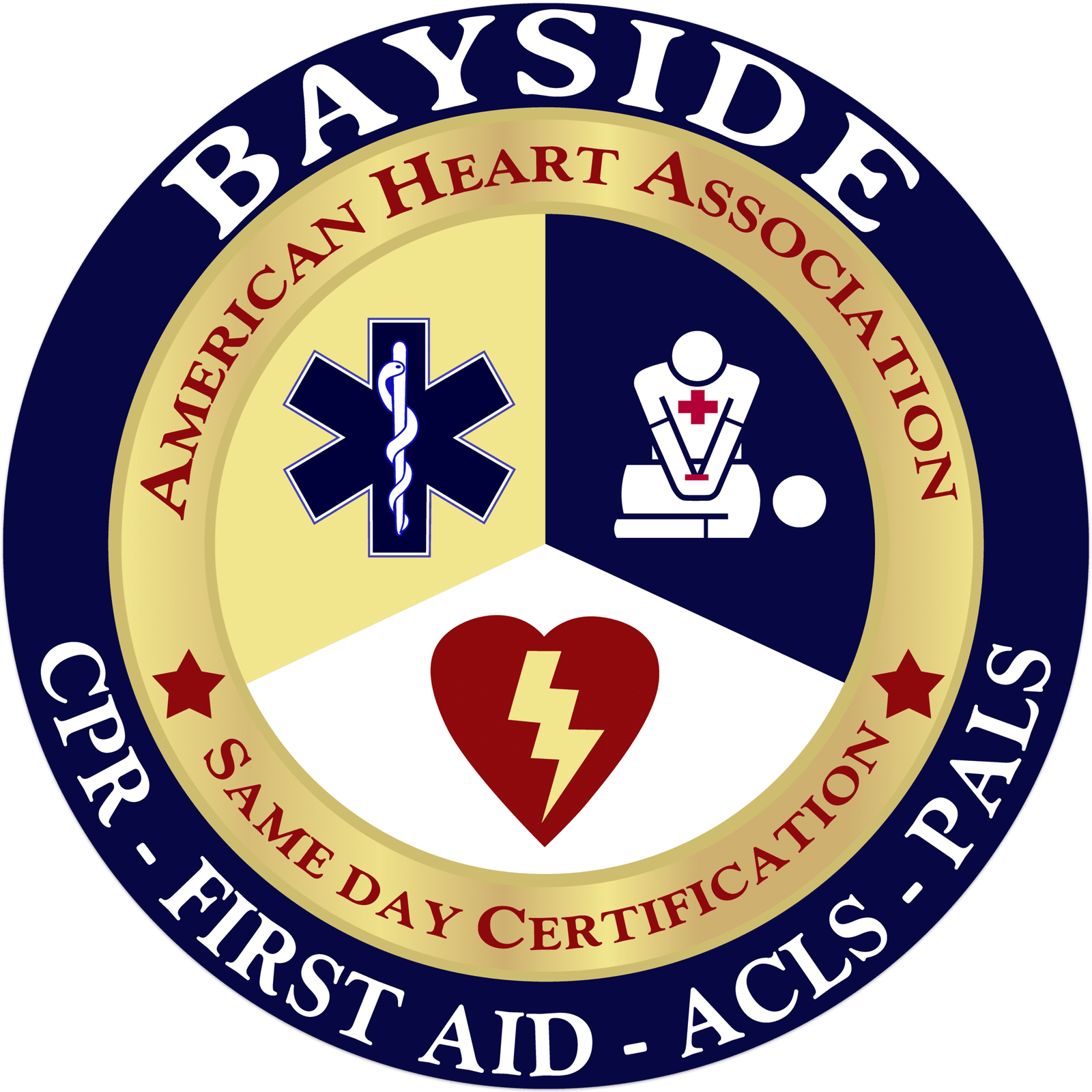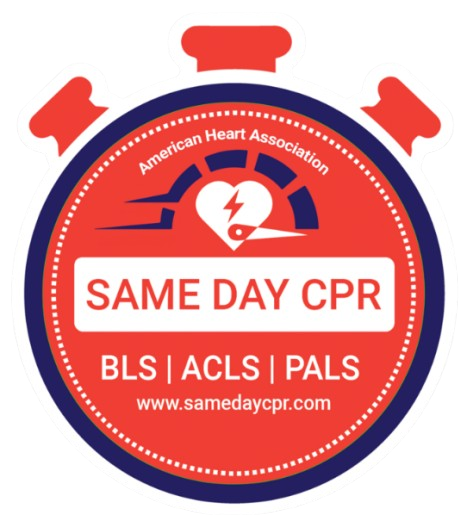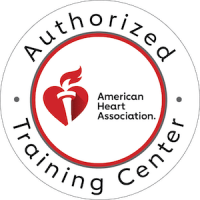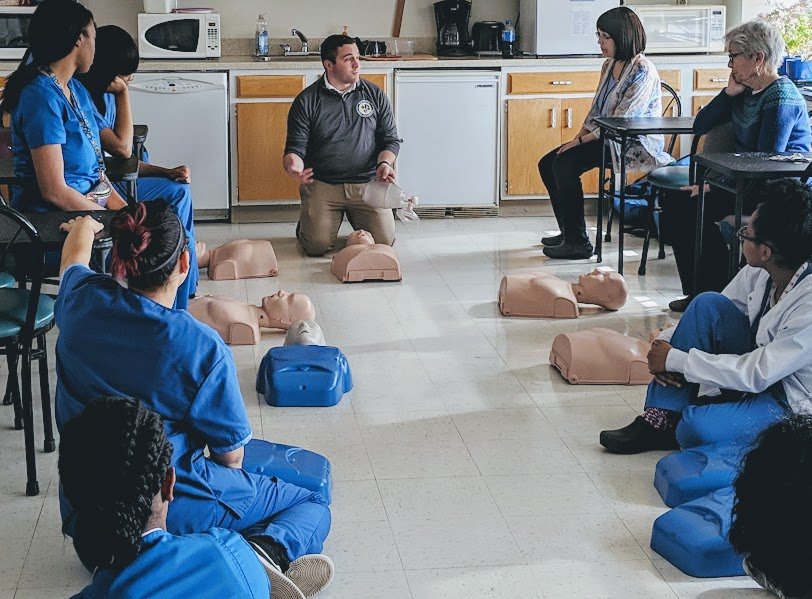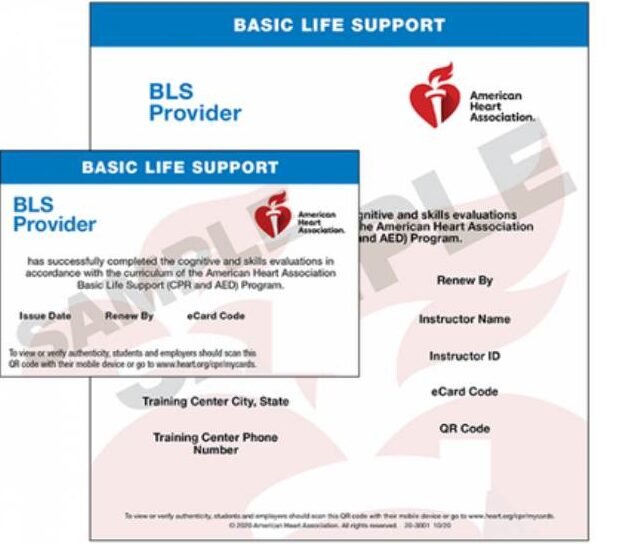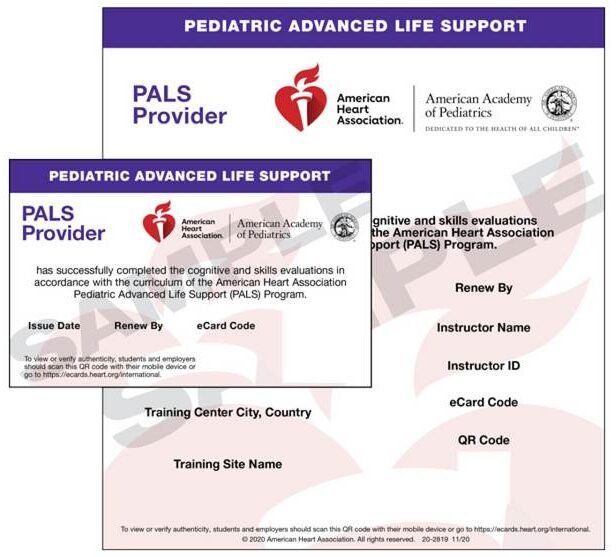When performing CPR, there are two main parts to focus on: chest compressions, which keep blood moving, and ventilations, which bring oxygen into the lungs. While some people use compression-only CPR, giving rescue breaths along with compressions can be lifesaving, especially when the problem is related to a lack of oxygen rather than just the heart stopping. Ventilation provides the oxygen the body needs to keep organs alive and is crucial for survival. Knowing how to give ventilation correctly can make a big difference in emergencies and improve the chances of recovery. These breaths can be delivered in different ways, such as mouth-to-mouth, using a pocket mask, or using a bag-valve-mask (BVM) device. Understanding how and why ventilation matters is key, especially when the airway is blocked or breathing has stopped. This blog will guide you through the basics of CPR ventilation and why they are an important part of saving lives.
Related Post: How Are Breaths Delivered Using a Bag-Mask Device?
How Ventilation Restores Oxygen in the Body
Ventilation is the process of moving air in and out of the lungs. It’s essential for getting oxygen into the body and removing carbon dioxide. This is how it works
- Air Enters the Lungs (Inhalation): When you breathe in (inhale), air enters through your nose or mouth, travels down the trachea (windpipe) into the lungs, and brings in oxygen, an essential element your body’s cells need to produce energy.
- Oxygen Moves Into the Bloodstream (Gas Exchange): In the lungs, tiny air sacs called alveoli are surrounded by capillaries (small blood vessels). Oxygen from the air inside the alveoli passes through their thin walls into the surrounding blood. At the same time, carbon dioxide, a waste product from the body, moves from the blood into the alveoli to be exhaled.
- Oxygen is Carried to the Body: The oxygen-rich blood travels from the lungs to the heart, which then pumps it through the arteries to the rest of the body. Once delivered, the cells use this oxygen to produce energy ATP (adenosine triphosphate) through a process called cellular respiration.
- Carbon Dioxide is Removed (Exhalation): After gas exchange, carbon dioxide-rich air is expelled from the lungs during exhalation. This helps prevent the blood from becoming too acidic and maintains the body’s proper pH (potential of hydrogen) balance.
Ventilation restores oxygen by bringing air into the lungs, allowing oxygen to enter the blood, and helping the body remove carbon dioxide. Without this process, cells wouldn’t get the oxygen they need to survive.
Related Post: What is the indication for mouth-to-mouth rescue breaths?
Scenarios Where Ventilation Is Crucial While Performing CPR
Ventilation is crucial during CPR in several scenarios, especially when a person is not breathing adequately or when they have a condition that causes low oxygen levels in the blood (hypoxia). Let’s look at a few scenarios.
1. Asphyxial Cardiac Arrest
When cardiac arrest happens because the body didn’t get enough oxygen, like in drowning, choking, or a drug overdose, the oxygen levels are already dangerously low. In these cases, providing breaths is vital to get oxygen into the lungs and boost blood oxygen. Without it, low oxygen (hypoxia) gets worse, which can damage the heart even more and lead to rhythms that can’t be shocked, such as pulseless electrical activity (PEA) or asystole.
2. Advanced Airway Management
When an endotracheal tube or supraglottic airway is inserted, providing ventilation becomes essential to supply oxygen and clear carbon dioxide. These advanced tools offer better ventilation than a bag-mask, especially during longer resuscitations, allowing the rescuer to concentrate on chest compressions while ventilation continues without stopping blood flow.
3. Lack of Spontaneous Breathing
When someone isn’t breathing on their own, providing proper ventilation is crucial during CPR. Without fresh air, their brain and body don’t receive the oxygen they need to survive. By carefully giving breaths, you help deliver oxygen directly into their lungs. This can make a significant difference and improve their chances of recovery until professional help arrives. It’s a simple but essential step in aiding someone in an emergency.
4. Non-Shockable Rhythm
When someone has a non-shockable rhythm during CPR, delivering proper breaths is crucial. These rhythms don’t respond to electric shocks, so focusing on providing steady breaths helps keep their brain and body alive. Breathing support ensures oxygen reaches their vital organs, giving them a better chance to recover. It’s an essential part of CPR, especially when defibrillation isn’t an option.
5. Minimizing Interruptions
When performing CPR, it’s really important to keep interruptions to a minimum. Continuously giving breaths and compressions helps keep the blood flowing and the oxygen reaching their brain. If you pause too long, it can be harder for the person’s body to get the support it needs. Staying steady with your efforts makes a big difference and improves the chances of helping them recover. It’s all about keeping a smooth, consistent rhythm while you do your best to assist.
6. Metabolic Acidic
When a person is in a condition called metabolic acidosis, their body becomes more acidic, and their organs have difficulty functioning properly. Providing proper ventilation during CPR helps remove carbon dioxide and bring in fresh oxygen. This process can help restore balance in their body and make it easier for their organs to work. Giving effective breaths can improve their body’s chances of recovery and support vital functions.
Related Post: When Using a Pocket Mask, Where Should the Rescuer Be Positioned?
How to Deliver Effective Ventilation During CPR
Getting ventilation right during CPR helps keep oxygen flowing to the brain and lungs, giving the person a better chance at recovery. Practice these steps calmly and confidently to ensure every breath makes a difference when it matters most.
- Open the Airway: To open the airway during CPR, gently tilt the person’s head back and lift their chin. This opens the route for air and helps you give effective rescue breaths.
- Seal the Mouth: To seal the mouth, place your lips around theirs to create a tight seal, making sure no air can escape. This helps ensure that the rescue breaths go into the lungs and do their job effectively.
- Deliver Rescue Breaths: To give rescue breaths, pinch the person’s nose shut and gently breathe into their mouth until you see their chest rise. This way, you’re helping to push air into their lungs and provide them with much-needed oxygen.
- Ventilation Rate: During CPR, aim to give about 1 rescue breath every 5 to 6 seconds for a child or adult, which is roughly 10 to 12 breaths per minute. For infants, the rate is faster, with one breath every 1 to 3 seconds (20 to 30 breaths per minute). This steady pace helps keep oxygen flowing without over-ventilating and allows the heart to work more effectively.
- Compression-to-Ventilation Ratio: When performing CPR, you should do compressions and breaths in a ratio of about 30 to 2, meaning 30 pushes to 2 rescue breaths. This balance helps keep blood and oxygen moving until emergency help arrives.
- Continuous Compressions: While giving rescue breaths, continue pressing down hard and fast on the chest without stopping to help keep blood flowing. Keeping up continuous compressions makes sure the heart keeps pumping even while you give breaths.
- Consider Advanced Airway and Mechanical Ventilation: If an advanced airway is in place, you can give continuous breaths without pausing compressions, usually every 6 seconds. Mechanical ventilation devices can also help deliver consistent, controlled breaths, making the process easier and more effective. You can check out How is CPR performed differently when an advanced airway is in place?
- Monitoring Ventilation: While giving breaths during CPR, keep an eye on the person’s chest to see if it rises, showing the air is going into their lungs. Watching their chest helps you know if you’re providing effective ventilation and can make adjustments if needed.
Risks of Improper Ventilation During CPR
When performing CPR, not ventilating properly can cause some problems, like less blood reaching vital organs or food and liquids accidentally going into the lungs. These issues can make recovery harder and even lead to serious injuries if we’re not careful.
- Reduced Blood Flow: When ventilation is not done right during CPR, it can slow down the flow of blood to important parts of the body. This can make it harder for the person to recover and may cause more damage.
- Increased Risk of Aspiration: If ventilation is not done properly during CPR, there’s a chance that stomach air can go into the lungs instead of air, leading to choking or inhaling fluids. This can cause aspiration, making it harder for the person to breathe and possibly leading to more serious health problems.
- Hyperventilation and Brain Injury: If you ventilate too quickly or force too much air during CPR, it can lead to less blood flow to the brain and cause injury. This makes it even harder for the brain to get the oxygen it needs, which could lead to serious damage.
- Other Potential Risks: When ventilation is not correct during CPR, it can sometimes cause injuries like damage to the lungs or other tissues. This can also make compressions less effective, reducing the chances of helping the person survive.
The Critical Role Of Ventilation During CPR
In short, understanding how and why ventilations matter during CPR is important because those breaths help keep the brain and organs alive by providing the oxygen they need. Giving the right amount of air at the right time can make a big difference in saving a life. Staying calm, open to learning, and practicing proper techniques can help you act confidently in an emergency. Remember, every breath you give could be the one that helps someone recover and go on to live another day.
